China's burgeoning economy
China's economy has changed dramatically since the foundation of the People's Republic in 1949. Saddled with enormous war debt the Communist regime rejected the capitalist market during the intense period of internal restructuring. It was at that time classified as a 'Third World' economy with widespread poverty and famine. Hyper-inflation had wiped out any savings, the new currency was introduced in 1955 with a revaluation of 1 new yuan replacing 10,000 old yuan. During this time Hong Kong's economy flourished. It was only in the 1980's that Deng Xiaoping's China began to permit private enterprise and accept some of the rigors of the international markets.
Chinese Currency
The official name for the currency is 人民币 Rén mín bì 'People's Currency'. Renminbi ➚ is denominated in yuan (CN¥) 元 yuán. Money is issued and controlled by the government controlled Bank of China ➚.
For many years the value of the Renminbi ➚ was pegged to the value of the US dollar. After much diplomatic wrangling the value is now allowed to float within narrow bounds against a basket of currencies. This has eased American concerns about an undervalued Chinese currency that was making imports from China cheap, and therefore trading unfair.
The Renminbi became an international reserve currency ➚ in 2016 making China a major trading nation and joins US, UK, the Eurozone, Japan and Switzerland as trusted financial nations.
Hong Kong and Macau, as former European colonies, still retain their own currencies: the Hong Kong dollar and the Macanese pataca ➚. Under the ‘one country, two systems’ policy these former colonies can continue to use their own currencies for up to 50 years after they became part of the PRC in 1997 and 1999 respectively. The Macau pataca is pegged in value to the Hong Kong dollar which in turn in loosely pegged to the US Dollar.
The yuan is subdivided into 10 角 jiǎo also known as ( 毛 máo). Each jiao is subdivided into 10 分 fēn. Most money is denominated in paper notes but coins are used for values of 1 yuan and less. China has enthusiastically embraced cashless payments and it is now rare for city dwellers to carry cash.
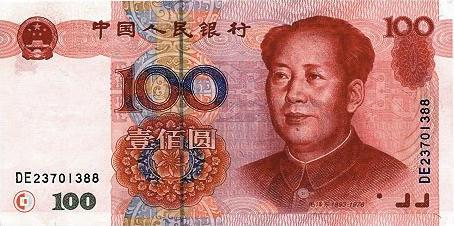
During the 1980s Foreign Exchange Certificates ➚ (FECs) were instituted for the use of tourists. They were phased out in 1995. They were used to control what tourists could buy, as they were only made available to foreign visitors. Luxury goods (whiskey, branded cigarettes etc..) were only available in tourist stores paid for in FECs and so could not be bought by native Chinese. A flourishing black market developed where tourists were pestered to convert FECs to Renminbi, the purchaser could then obtain these luxury goods.
Factories

During the Communist era (1955-95) the work unit (danwei 单位) to which you were assigned controlled your life. The work unit provided housing, food, schools, healthcare and pensions. A generation grew up hoping to get attached to a 'good' work unit and that was about all that was needed, the unit would control everything for the rest of their lives. Some work units would even arrange marriages and advise when children should be planned. The collapse of this system brought a lot of hardship. There is no universal free healthcare and many people frequently change jobs. This system of cradle-to-grave care and control was prominent in the big cities and particularly the large state engineering enterprises. Central government determined the quotas for production and there was no incentive to exceed them. When these quotas were set at unrealistic levels, exaggeration and corruption crept in to make all seem well.
Another controlling influence was the 户口 hù kǒu, the residence permit. A person has no access to public services (hospitals or even police) without a valid permit. If someone wants to move from a village to a city or from one city to another they need to get hold of a residence permit - so this is often obtained illegally by greasing officials' palms. The policy restricts the free movement of people and is a key constituent of the strong government control on personal liberty.
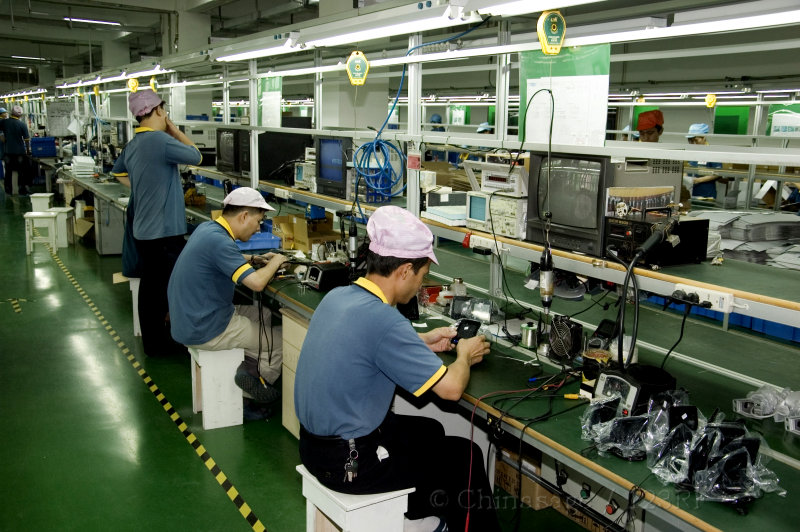
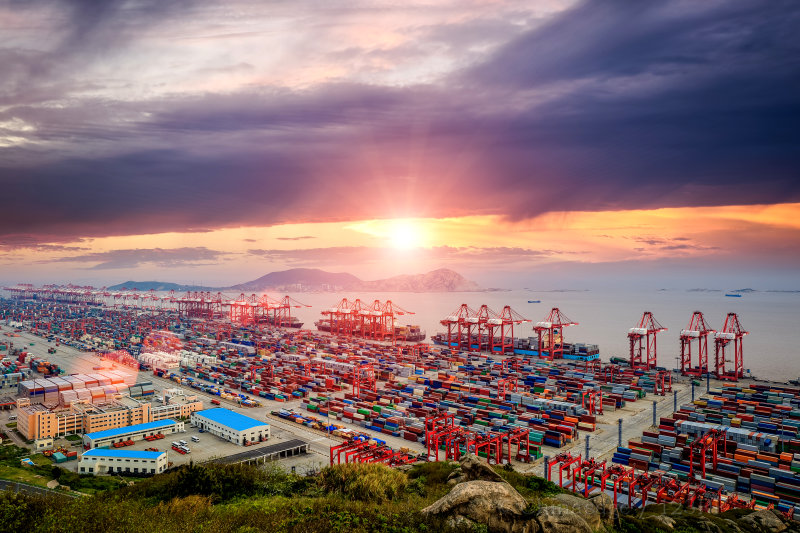
The development of a ‘modern’ industrialized economy was for many years seen as unlikely in the west. Professor Richard Tawney ➚ in the 1930s wrote China ‘is never likely to be industrialized in the same sense as the US, Great Britain or Germany’. Deng Xiaoping's reforms meant that the factory managers began to take much more control as to what to buy and what to invest in. It was not until the 1990s that state controlled monopolies began to disappear and a relative free competitive market evolved. As with many economies the adjustments have been large and the effect on workers huge. State subsidies continue to distort the market as the government does not want to see large monopolies collapse. To fuel the reforms a great deal of capital was needed and so joint foreign investments were allowed, Special Economic Zones ➚ were created and overseas Chinese investment poured in from abroad particularly from Hong Kong and Taiwan.
The first joint foreign ventures (1990-2005) proved a disaster. The mainly U.S. capital was easily raised but the Chinese system was not ready to use it. Factories were still run as ‘work units’ and were often very inefficient. As there was no free movement of workers it proved impossible to streamline and modernize the factories. Government and party officials often backed the local workforce and manager against the foreign investors. The main reason for the failure was a lack of understanding of how Chinese businesses worked. Attempts to enforce western methods
Since the opening of the Shanghai and other stock markets the problems have to a large extent been solved. As the investment is now seen as ‘Chinese’ ther were resisted and several Chinese entrepreneurs found ways to pocket the investment rather than make the joint ventures work.
e is much less resistance to change and old, failing industries have been allowed to fail now that alternative employment is widely available. Foreign investors have begun to learn how to run their investments to follow established Chinese ways rather than impose their own model.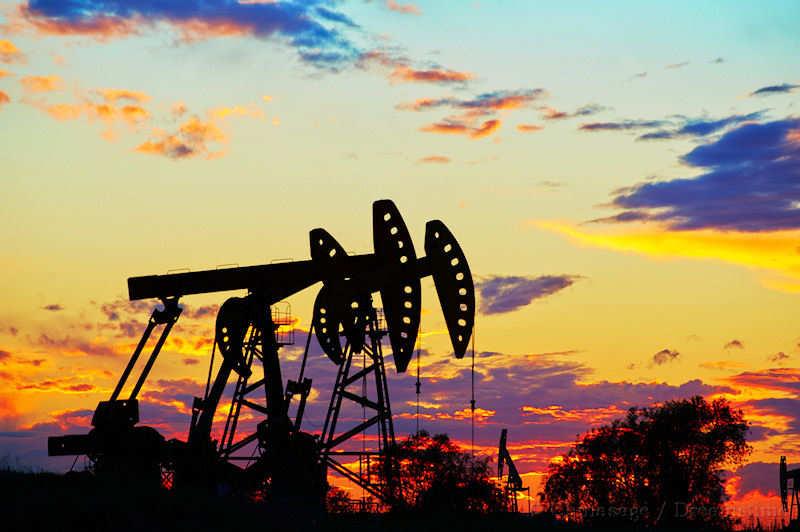
Co-operatives in China
The Communist revolution had its roots in the countryside where the vast majority of the population suffered great hardship, scratching a basic existence on tiny land tenancies. The first thirty years after 1949 saw many initiatives to make agriculture more productive so it could provide adequate food for all the people. The first land reforms swept away the 'landlords' who were seen as exploiting peasant farmers for very little effort. There followed the formationof large scale ‘co-operatives’ that were based on the premise that a large enterprise could farm more efficiently than many tiny, family-run plots. Although some co-operatives were successful, many were not, as centralized control of what should be grown and when, ignored local knowledge and conditions. During the Maoist years the Herculean efforts of some 'model' communities were broadcast over the nation. The village of Dazhai ➚, Shanxi was the exemplar of agricultural success, while Daqing oilfield ➚, Heilongjiang stood for industrial success. In the market reforms heralded in by Deng Xiaoping the individual aspirations of farmers were once more permitted to flourish. The motivation of private enterprise for hard-work for one's own family proved more effective than a co-operative where it was far too easy to rely on others. Centralized control of prices and quotas for production were removed. This is considered a 'free market' but not capitalist.

Trade volume increase
Only fifteen years ago China was the 15th nation in the world by trade volume now it is second only to the US and is on target to be the foremost trading nation within the next ten years. Growth rates are astronomical compared with other countries, in the four years 2003-2007 exports trebled. In the period between 1990 and 2007 exports went up twenty times (an average annual growth of about 20%) [GDP 1987 1,206; 2007 24,953 billion yuan]. The bulk of the trade is with its neighbors on the Pacific coast. Investment in Africa has been a controversial development. China's central planning has identified that supply of food and raw materials will not meet domestic demand in the medium term, so the use of China's massive trade surplus is being used to snap up farmland and mines across Africa ➚.

Disparity of income
From the uniformity of China under Mao when even everyone's clothing was the same, and in some companies where salaries were the same for all employees, modern China has developed an unbalanced economy encompassing the obscenely rich and the starving poor. Foreign aid is still received to alleviate poverty in remote Sichuan and Yunnan despite the abundant wealth elsewhere. The excesses of the billionaire élite are tolerated at present when everyone is seeing some improvement to their living standards and there is a dream of joining them. The constant supply of young, cheap workers from the rural provinces continues to drive the economy forward. People are keen to work hard to try to escape poverty. If the growth rate should falter the state may find it hard to maintain control. China has seen the most dramatic rapid rise in living standards ever seen in world history.
The strange situation of a Marxist-Leninist country becoming the number one capitalist country is quite a contradiction. Some have used the term of ‘Market-Leninist’ to describe China as it as a market economy twinned with an authoritarian government.
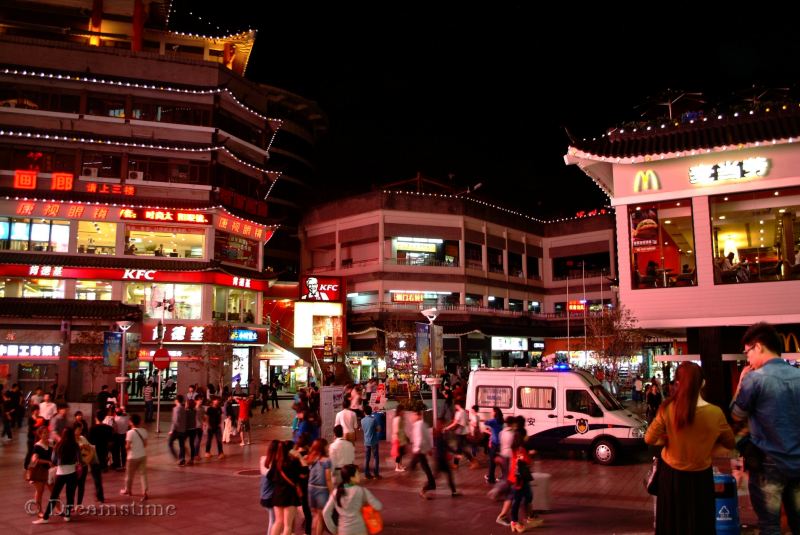
There is also considerable disparity between regions. Most of the wealth is in the cities along the eastern coast, Manchuria, Guangdong and along the Yangzi. Western and south-western provinces remain under-developed and rural. Tibet and Xinjiang are strategic provinces that central government has sought to keep within the spirit of China's development. Forced resettlement of Han Chinese continues to raise ethnic tensions. Creation of large infrastructure projects in remote areas has stimulated the local economy. In 2015 a new initiative for development along China's historic Silk Road and sea routes was launched – the 'One Belt , one Road' ➚ initiative which will bring investment to many Central Asian and African countries.